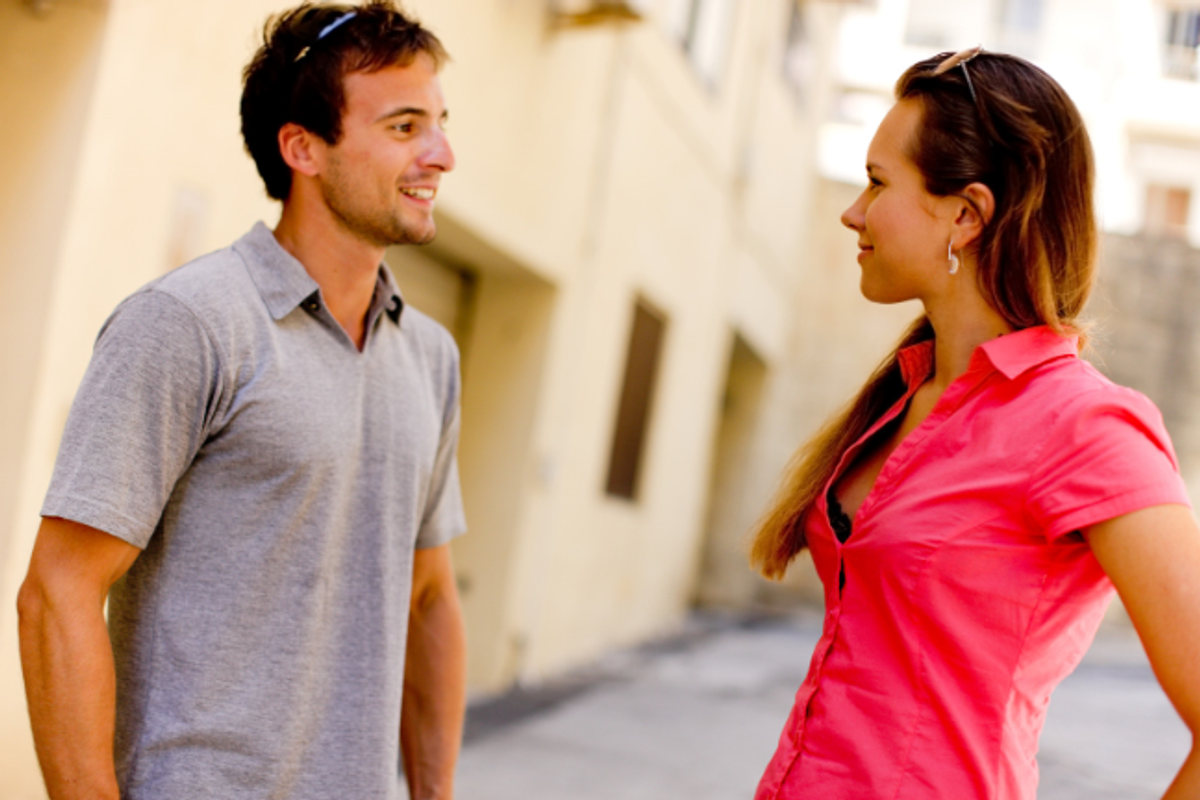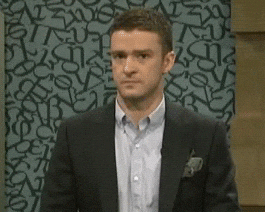Socially awkward people share the 11 signs they were becoming more confident and outgoing
You can learn to be more confident and better at conversations.

Social skills can be learned and honed.
There are many disadvantages to being socially awkward. In a society where socially adept people are more likely to advance at their jobs, find romantic partners, and forge healthy relationships with friends and family, the dark side is that isolated people have a much shorter lifespan than those with a fulfilling social life.
The good news is that, like most things in life, people can teach themselves to socialize better. Behavioral therapy can also go a long way in making people feel more comfortable around others. But the question remains: how does one know if all the work they put into being more social is paying off? How do you know that your social skills are improving when you never knew what it was like to be a socially comfortable person in the first place? What does progress look like?
A group on Reddit shared what it looks and feels like to improve your social skills. The conversation gave some people a sense of accomplishment, knowing they had learned to become more comfortable in social situations. For others, it provided a roadmap of things to look for as they work to overcome their social discomfort.
1. The cringe is gone
2. No need to rehearse
3. People want to hang
4. Longer conversations
5. You can say no
"Saying NO with disregard to how it will affect others feelings."
6. It didn't get weird
7. Active listening mode, unlocked
People often think that they have to be witty, charming and full of interesting opinions, but, in reality, people will like you if you simply listen. Matt Abrahams, a Stanford communications expert and host of the "Think Fast, Talk Smart" podcast, says people shouldn’t feel pressured to be interesting. In fact, if they want to be liked, they should be more focused on asking thoughtful questions and listening deeply. Simply put, “the goal is to be interested, not interesting,” Abrahams said, paraphrasing matchmaker and author Rachel Greenwald.
“It’s about curiosity,” Abrahams said. “Starting with questions, observing things in context, bringing up relevant information.
8. Define social, please
9. You're involved
10. People make fun of you
11. 'Pillow words'
- You're not going crazy. ADHD meds don't work while you're on your period ›
- Rob Lowe's sons constantly troll him on social media and it's seriously hilarious ›
- What a guy with social anxiety wants you to know about inviting him to a party. ›
- 14 social skills that make people fall for you - Upworthy ›
- Mom has great advice on how to stop an uncomfortable conversation - Upworthy ›
- Man explains 11 tips that helped him stop being socially awkward - Upworthy ›
- People swear by the unusual 'Solid Snake' conversation trend to conquer social anxiety - Upworthy ›
- 13 psychological tricks for social situations - Upworthy ›
- Psychologist says socially awkward people have thrived through history because of this hidden trait - Upworthy ›




